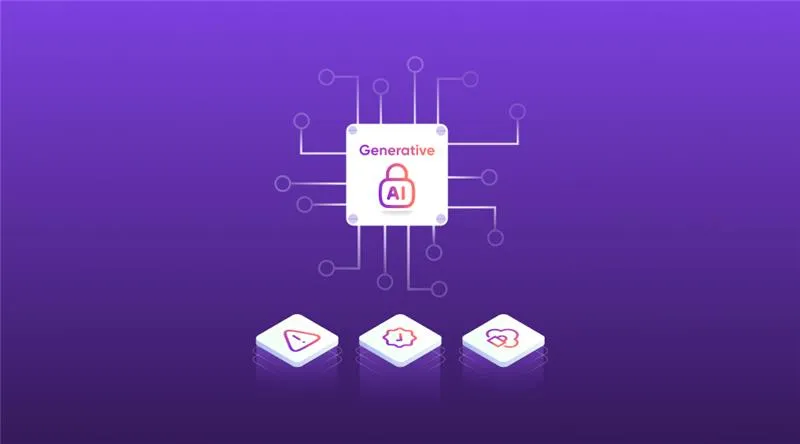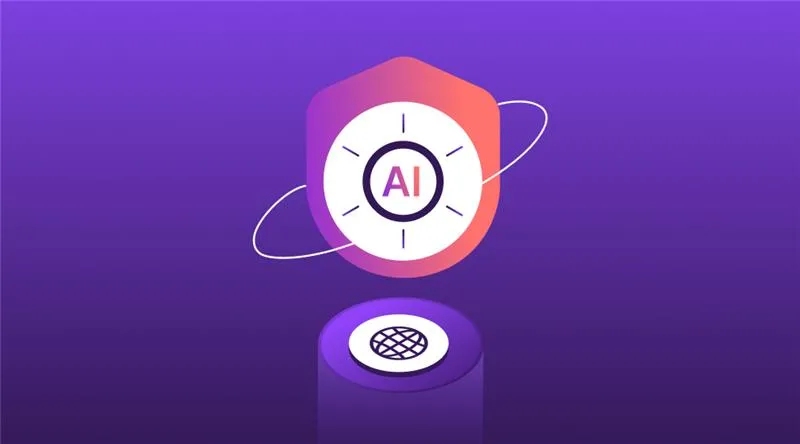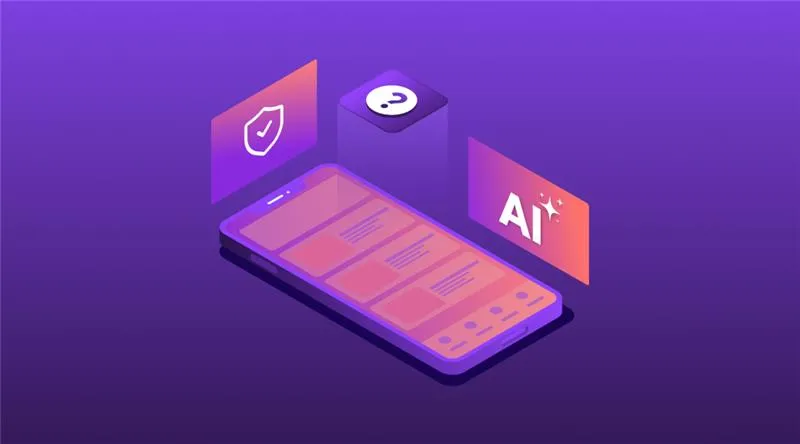Technology

5 min

Struggling with generative AI implementation? Discover 7 real-world generative AI challenges like bias, data risks, cost, and scaling and learn how to fix them fast. Perfect for teams exploring generative AI deployment, tackling AI implementation risks, or unsure where to start.

By Dhruv Joshi
25 Jul, 2025
Everyone’s talking about generative AI right now. And for good reasons.
It’s fast, powerful, and already helping businesses work better, from automating emails to designing entire product workflows.
In fact, over 80% of businesses say they plan to integrate generative AI into their operations within the next two years according to Gartner. And according to a recent report, more than 60% of early adopters have already seen a positive return on their AI investment.
But let’s be honest here. As exciting as it sounds, putting AI into action isn’t always easy.
There are real problems that come up during planning, setup, and rollout. If you’ve started your AI journey or are planning to, this blog will help. We’ll break down the most common generative AI challenges, explain what causes them, and show you how to solve them.
Let’s jump in.
Every AI model needs data to work. But not just any data—lots of it.
And if that data includes personal, sensitive, or private business info, it needs to be handled carefully.
What could go wrong:
These are real AI implementation risks that companies face every day.
Real Example:
In 2025, Samsung employees accidentally leaked confidential chip designs by entering them into ChatGPT to troubleshoot code. The data ended up stored on OpenAI’s servers, triggering an internal ban on AI tools.
What to do:
To keep things safe and organized, you can follow this simple generative AI implementation guide made just for business teams.
This one gets overlooked often. AI models learn from human data. But human data isn’t perfect.
If the training data is one-sided or incomplete, your AI system may act unfairly. It might give poor results for certain groups of people or miss out on important factors.
A common question is:
“Which is one challenge in ensuring fairness in generative AI?”
Answer: It’s hidden bias in the training data.
What could go wrong:
Amazon had to scrap an internal AI recruitment tool in 2018 because it showed bias against female candidates. The system had been trained on past hiring data, which favored male resumes—and the model learned to do the same.
What to do:
Out of all generative AI challenges, bias can be the hardest to spot—but also the most important to fix.
Even if your business is ready, your team might not be.
Many companies don’t have people who fully understand how generative AI works. This creates delays, confusion, and missed opportunities.
What could go wrong:
Real Example:
A survey by Deloitte found that 47% of executives cited lack of in-house skills as a major barrier to AI success. Many ended up hiring AI consultants just to get their first pilot working.
What to do:
A good way to begin is by working with a trusted generative AI consulting services partner who knows what they’re doing. They can guide your first few projects while your team learns on the go.
You’ve picked the tool. But then it doesn’t work well with your CRM, website, or product system.
This happens more often than you think. Many AI tools work great alone but struggle when added into daily workflows.
What could go wrong:
Real Example:
One large retailer attempted to integrate a generative AI product description tool, but it didn’t connect properly with their CMS. As a result, the AI-generated content had to be copy-pasted manually, killing the efficiency it was supposed to bring.
What to do:
Smooth generative AI deployment is all about how well the tool fits with what you already use.
This one is tough. AI sounds exciting, so companies invest in tools, data, or platforms. But after a few months, they can’t measure what’s working.
The problem isn’t AI, it’s that they didn’t define the goal.
What could go wrong:
Real Example:)
A marketing firm spent six figures building an AI content tool, but without defined KPIs or adoption plans, teams didn't use it. It became a sunk cost within a year and was eventually scrapped.
What to do:
This makes it easy to answer the big question:
“What are some of the challenges of generative AI?”
Well, one of the biggest is proving that it’s worth the money. And with the right tracking, you can.
Here’s another hidden risk. Generative AI can create content, text, designs, code, even images. But who owns it? Can you use it in your product? What if it copies someone else’s work?
These questions need answers before launch.
What could go wrong:
Real Example:
In 2025, several artists filed lawsuits against AI image platforms like Stability AI and Midjourney, claiming their original works had been used without consent to train image generators. The legal gray area of content ownership came to light.
What to do:
In sectors like healthcare or education, being careful is critical. For example, if you're using AI in educational app development, always make sure the output follows content guidelines and privacy laws.
Many businesses build an amazing AI feature. It works. Everyone’s happy. But then nothing happens next.
Why? Because they didn’t plan to grow it.
This is where a lot of teams stop. Scaling is a whole different challenge.
What could go wrong:
Real Example:
An eCommerce brand created a great AI chatbot for customer service. It worked well, but when the sales and logistics teams wanted similar automation, the tech couldn’t scale. There was no system in place for adding more use cases.
What to do:
You need more than a working model, you need a long-term plan.
Here’s a short table to summarize everything:
| Challenge | What Happens | What You Can Do |
|---|---|---|
| Privacy Risk | Leaks, violations | Mask data, secure systems |
| Bias | Unfair outputs | Use balanced training data |
| Skill Gaps | Poor usage | Train staff, get expert help |
| Integration | Disconnected tools | Test and align with IT early |
| Cost & ROI | Wasted spend | Start small, track success |
| Ethics & Laws | Legal trouble | Set policies, review outputs |
| Scaling Issues | No growth | Build with long-term plans |
If you’re asking “what are some of the challenges of generative AI?”, the answer is clear, there are many. But none of them are impossible to fix.
With the right support from companies like Quokka Labs, an AI Native Engineering Services Company and robust approach, AI can transform how your business works.
Just remember: don’t rush, don’t over-complicate, and don’t go at it alone.
Generative AI isn’t magic. But when done right, it feels close.
1. Why do so many generative AI projects fail after starting strong?
Honestly, it’s often not about the AI itself—it’s the planning. Teams jump in without clear goals or forget to include their IT and operations teams early. Add in unclear KPIs or lack of training, and things break down fast. Starting with a small, focused goal and growing from there works way better.
2. How do I make sure my AI model isn’t biased?
This is a big one. The best thing you can do is train your model on data that includes all types of users, not just one group. Also, check the AI’s output regularly and bring in different people to test it. Bias isn’t always easy to spot unless you’re looking for it.
3. What’s the biggest risk when adding AI to customer-facing tools?
One word—trust. If your AI gives bad info or says something off-brand, it hurts customer experience. You can avoid this by using human review in critical spots and teaching your team how to guide and monitor the AI. Start small with internal tools before letting customers use it directly.
4. How can small businesses handle the cost of generative AI?
You don’t need to buy the biggest platform or hire a huge AI team. Many tools offer flexible pricing and easy trials. Just pick one use case, maybe automating product descriptions or customer emails and test it. Prove value first, then invest more when it makes sense.
5. Do I need a full tech team to launch an AI project?
Not really. If you’ve got someone with basic tech comfort and a good understanding of your workflow, that’s a great start. For the tricky parts, you can always partner with people who offer generative AI consulting services and handle the setup and support for you.
Generative AI Tech Stacks: Choosing the Right Tools for Scalable AI Development
By Dhruv Joshi
5 min read
Choosing Best Tech Stack for Web App Development: Performance, Cost, and Scalability
By Dhruv Joshi
5 min read
Top 9 Tech Stacks for Scalable Web Application Development
By Dhruv Joshi
5 min read
Generative AI Implementation Strategy: From Concept to Deployment (Step-by-Step Guide)
By Sannidhya Sharma
5 min read

Technology

7 min
Generative AI is moving fast into enterprises, from banks to hospitals to government agencies. Adoption is rapid, but security planning lags. Unlike traditional systems, these models can be exploited through prompt injection, poisoned data, or manipulated to leak sensitive information. They are also misused for phishing, deepfakes, and malicious code.


Technology

7 min
AI-powered Web Application Firewalls (WAFs) go beyond static rules by using machine learning, anomaly detection, and predictive analysis to block zero-day threats, reduce false positives, and protect APIs at scale. Unlike traditional WAFs, they self-learn, adapt in real time, and cut operational costs while improving compliance and trust.


Technology

5 min
AI is redefining mobile app security by transforming how threats are detected, tested, and prevented. From continuous monitoring and fraud detection to compliance with regulations, AI ensures apps remain resilient against modern risks. This means safer apps, protected users, and stronger businesses. Investing in AI-driven security today builds trust, drives growth, and secures long-term competitive advantage.


Feeling lost!! Book a slot and get answers to all your industry-relevant doubts